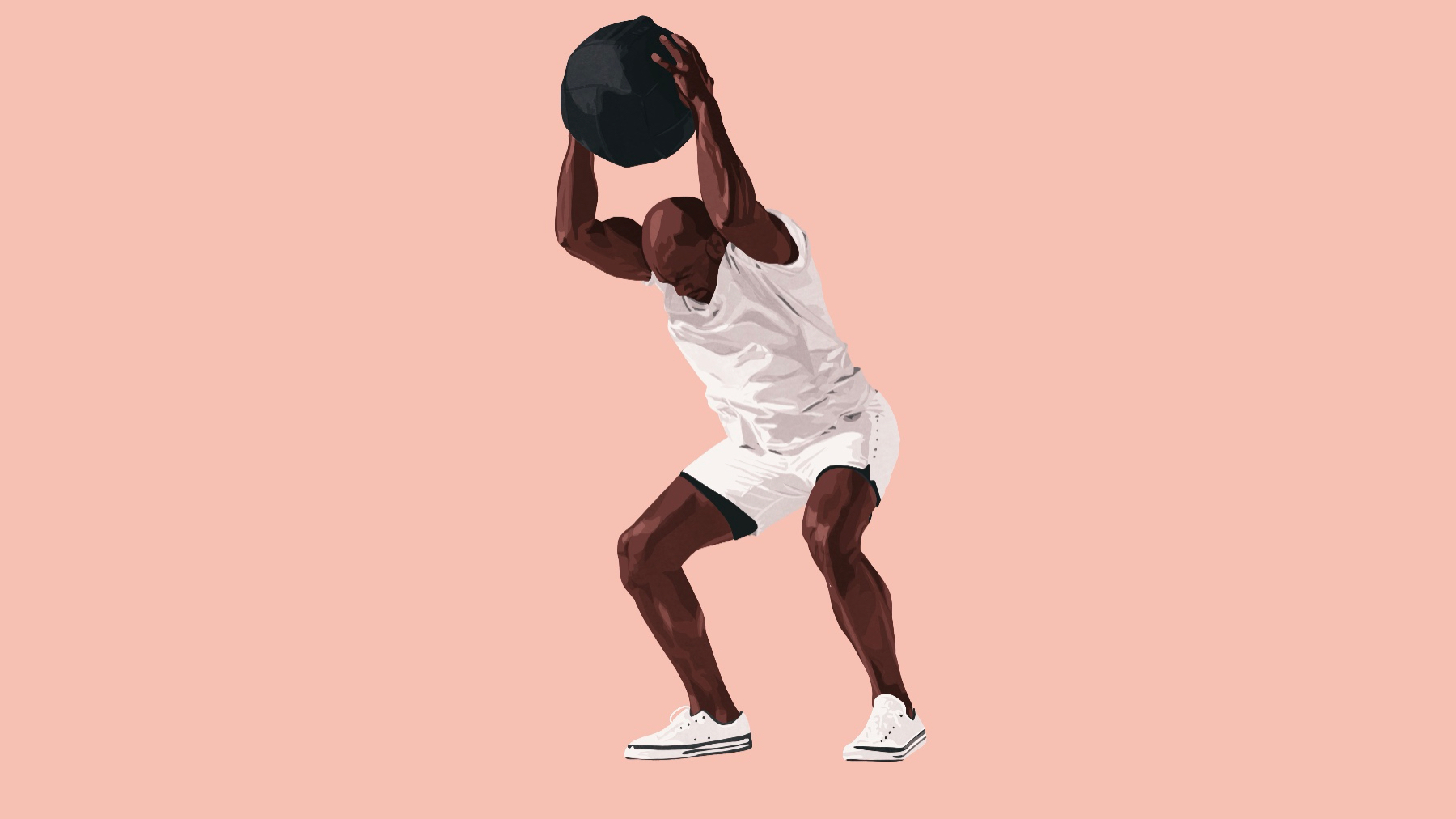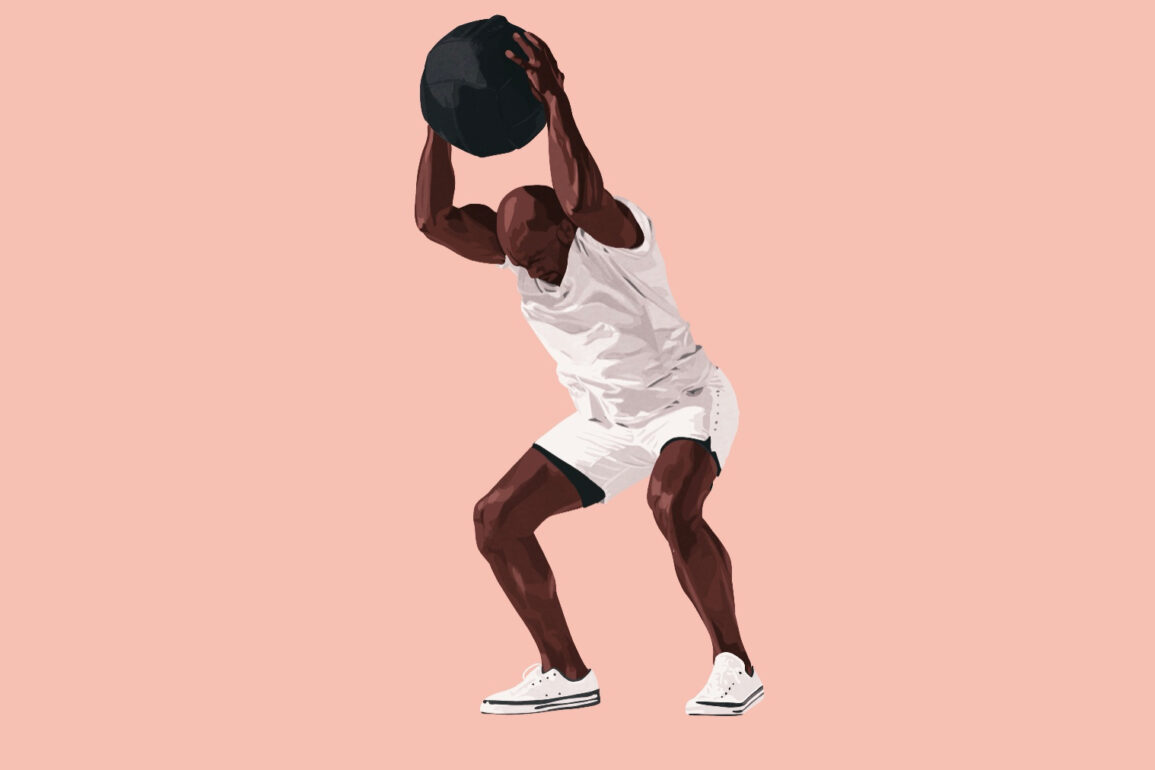
Bring a community-centric, modern bathhouse to your city.
Upstart activewear brands are coming for the crown.
All the Way Up
Scaling up, athletic apparel is reaching new heights.
- The global activewear market is projected to reach $772B by 2032.
- 43% of consumers say over half their wardrobe is athleisure.
- From 2019–2022, 200+ new brands entered the space, per research firm Circana.
But, a few stand above the rest.
lululemon. Initially focused on female boutique fitness fans, lulu kicked off the athleisure craze and rode growth in guys to a $50B valuation — charting the course for lifestyle brands to follow.
Alo. Fresh off a $1B sales year, the studio-to-streetwear brand’s parent company is seeking an investment at a $10B valuation. Tapping Hollywood and high fashion, it has put an aspirational spin on everything from skincare to supplements — building an empire to rival lulu.
Vuori. Since a 2021 investment valued it at $4B, the seven-year-old company has grown its female fanbase and retail outposts — aiming for 100 more openings in the next three years. Riding its California-cool feel to consistent 250% YoY growth, Vuori is eyeing a 2024 IPO.
With 55% of consumers repurposing athleisure as everyday wear, fitness brands are following them into new arenas, tailoring collections to hybrid workers, the outdoorsy, and even travelers.
And, while none are near Nike’s $200B throne, many are winning fans as they give chase.
The Playbook
Standing out in the crowded market isn’t easy.
So, cult-favorites combine clothing with a clear ethos, community, and omnichannel experiences. Foundation set, they spin off ancillary products and experiential stores to support the lifestyle they’ve designed.
Following the playbook, sport-specific brands have been able to evolve, secure a larger slice of the activewear pie, and touch all areas of consumers’ lives.
- Starting with tennis, On will shift from specialty running to sport-agnostic fitness brand.
- Valued at $500M, NOBULL is stretching beyond CrossFit with an NFL partnership.
- No-frills men’s brand Ten Thousand and Australia’s LSKD, derived from dirt bike culture, both signed on to outfit Life Time trainers.
Catching up, Rhone is shedding its men’s-only reputation, launching women’s wear and reorienting around holistic high-performance.
Next-Next-Gen
With a nimble edge and nothing to lose, small labels are testing activewear’s limits. And, doubling down on community, fashion, and flair — they’re shaping the category’s future.
Community-led. Up 280% from 2019–2022, Tracksmith is favored by amateur runners for its no-pros aura and social stores. Bandit, a company born in NYC’s running scene, grew through word of mouth, a branded run club, and regular race pop-ups.
Fashionable. Catering to wellness-minded urbanites, District Vision designs sleek gear with a spiritual twist. Barely a year old, Pruzan is making waves with its polished capsule wardrobe for city runners. And, tomboy-chic Adanola’s “everyday uniforms” skillfully meld sport and streetwear.
Disruptive. Challenging traditional athlete ideals, Satisfy evokes punk-rock energy. Elsewhere, Plein Sport appeals to opulence with its futuristic vision of sportswear.
Sustainable. While sustainability has become table stakes, brands like hylo, TALA, and Girlfriend Collective invite people in through environmentalism.
Punchline: From simple sweat-wicking to transitional athleisure to stylized sets, all of activewear’s iterations stem from a desire for comfortable clothes that communicate a lifestyle. And, finding vibe-market fit, young brands aren’t just stealing market share — they’re revealing activewear’s virtually endless potential for reinvention.
This post was originally published on this site be sure to check out more of their content.









